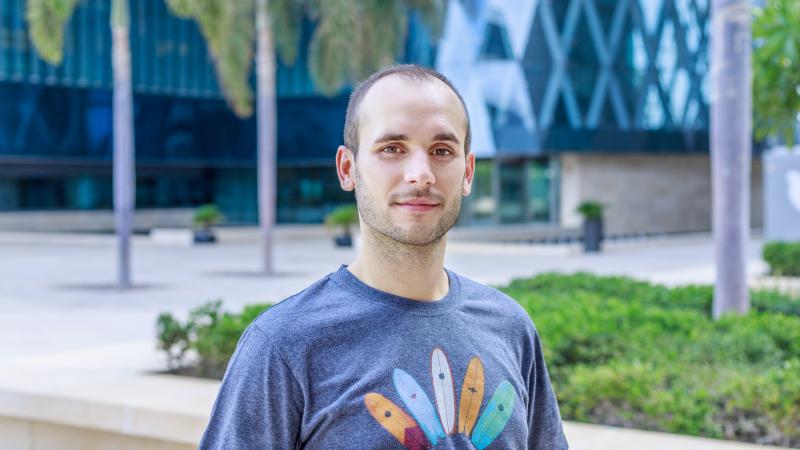The Recombination Mechanism and True Green Amplified Spontaneous Emission in CH3NH3PbBr3 Perovskite
Abstract
True-green wavelength emitters at 555 nm are currently dominated by III-V semiconductor-based inorganic materials. Nevertheless, due to high lattice- and thermal-mismatch, the overall power efficiency in this range tends to decline for high current density showing the so-called efficiency droop in the green region (“green gap”). In order to fill the research green gap, this thesis examines the low cost solution-processability of organometal halide perovskites, which presents a unique opportunity for light-emitting devices in the green-yellow region owing to their superior photophysic properties such as high photoluminescence quantum efficiency, small capture cross section of defect states as well as optical bandgap tunability across the visible light regime.
Specifically, the mechanisms of radiative recombination in a CH3NH3PbBr3 hybrid perovskite material were investigated using low-temperature, power-dependent (77 K), temperature-dependent photoluminescence (PL) measurements. We noted three recombination peaks at 77K, one of which originated from bulk defect states, and other two from surface defect states. The latter were identified as bound-excitonic (BE) radiative transitions related to particle size inhomogeneity or grain size induced surface state in the sample. Both transitions led to PL spectra broadening as a result of concurrent blue- and red-shifts of these excitonic peaks. The blue-shift is most likely due to the Burstein-Moss (band filling) effect. Interestingly, the red-shift of the second excitonic peak becomes pronounced with increasing temperature leading to a true-green wavelength of 553 nm for CH3NH3PbBr3. On the other hand, red-shifted peak originates from the strong absorption in the second excitonic peak owed to the high density of surface states and carrier filling of these states due to the excitation from the first excitonic recombination.
We also achieved amplified spontaneous emission around excitation threshold energy of 350 μJ/cm2 when optically pumped using 475 nm laser pulses, thus supporting the assignment of carrier absorption and re-excitation mentioned above.
This dissertation work led to the following article:
D. Priante, I. Dursun, M. S. Alias, D. Shi, V. A. Melnikov, T. K. Ng, O. F. Mohammed, O. M. Bakr, and B. S. Ooi, "The recombination mechanisms leading to amplified spontaneous emission at the true-green wavelength in CH3NH3PbBr3 perovskites", Applied Physics Letters, 106, 081902 (2015).
Biography: Davide Priante currently is a MS-to-PhD student of Professor Boon Ooi in Photonics group. His studies focus on perovskite-based light emitting devices and III-V semiconductor-based light emitters. Before joining KAUST, Davide got his bachelor degree in Material Science Engineering in 2013 from University of Padua, Italy.

